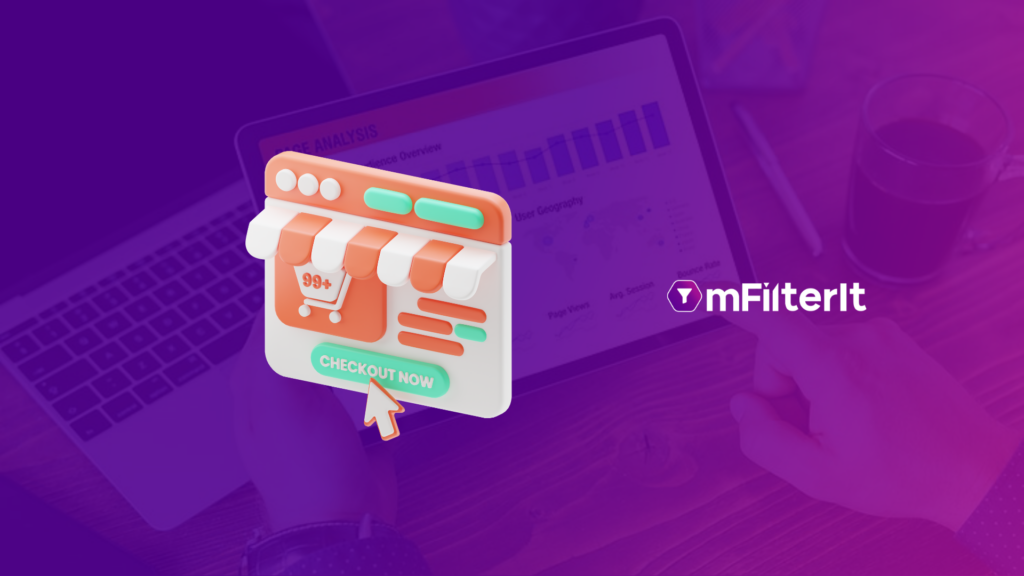Why Does Page Analysis Matter for eCom Brands?
Page analysis is a part of discoverability and signifies the search rank of your brand’s versus the competition on organic and sponsored listings across ecommerce platforms. Page analysis signals brands that would likely have the highest click-through rate (CTR), create more awareness on e-commerce platforms, etc. Generating brand awareness is crucial for search engine optimization. According to a report, 17.8% of global search rankings of brands are influenced by brand awareness, which is among the leading SEO factors. Besides this, results derived through page analysis often drastically influence a brand’s marketing and advertising decisions across e-commerce platforms like Amazon, Flipkart, BlinkIt, BigBasket, etc. The parameter helps brands make marketing decisions like deciding the type of campaigns they should run on multiple eCommerce platforms, e.g., paid searches, banners, display, etc. Hypothetically assuming that the listing doesn’t appear in the top ten results of any specific keyword search, or re-appears less than the competition on each page. In that case, your competitors would likely achieve higher search rank, visibility, discoverability, etc. The page analysis could vary across platforms, time frames, categories, etc. Brands could use this detail to create multiple strategies for their listings on these platforms where the product is listed. Moreover, SEO plays an important role in search rankings, and brands with the highest discoverability have likely optimized their listings for specific keywords, which is also an important activity for eCom Brand Managers. It is a well-known fact that brands with the highest eCommerce platform listing often appear higher on search engine listings. It means they would have a higher share of voice than their competition on respective e-commerce platforms. Brands often optimize their product pages to achieve the highest ranking on the keyword search results. Our experts continuously analyze the product description, title, review scores, etc., which helps in enhancing the position of their listings on the Digital Shelf. Another prerogative of page analysis is to check if your brand’s listings make their mark on the prominently searched consumer keywords across e-commerce platforms. Imagine that you are a smartwatch brand that is also running sponsored ads for your product, but consumers don’t find them in the top three pages or the top ten results against the commonly searched keywords. In that case, there is a high chance that your competition must be grabbing that space. How Does mScanIt Help You With Page Analysis? mScanIt helps the brands understand the overall search rank of their brand w.r.t. to the competition and get a more detailed insight on the search rank of multiple pages of any eCommerce platform. Why does page-wise search rank matter? Besides revealing the top-ranking listings on each page, it also states whether your brand listing is visible on the top results/pages and the change in your search ranking over time. eCom Competitive Analysis, a.k.a., mScanIt, powered by mFilterIt, measures the following aspects to reveal accurate page analysis: Search Rank – Overall and Page Wise: The higher the page ranking, the higher the chance of click-through rate. Our solution curates the overall search rank of a brand/product being listed on the first three pages. mScanIt also detects the page-wise ranking of the product or brand versus the competition. Keyword Search Rank: A subset of search rank is the keyword search rank, which establishes your brand’s position versus the competition based on keywords. It is beneficial as it helps you discover your product’s positioning when your brand name is included in the searches or ranking of your brand in your competitor’s brand-based keywords. Pro Tip by Praveen Dhama, Manager, mScanIt: “Lower the search rank higher the chance of product being visible on the top ten listings on the eCommerce platform first-page.” Conclusion Search rank is pivotal for harnessing higher CTR, generating brand awareness, increasing discoverability, etc., on e-commerce platforms. mScanIt helps brands achieve these goals by measuring accurate page analysis through detailed insights and real-time reporting. Measuring page analysis also defines whether your brand meets the product searches of the most commonly searched keywords for any specific product which usually the end consumer is looking for, e.g., running shoes, tablets, and smartphones. Set up a meeting with us to learn more about the benefits of mScanIt’s page analysis for your brand, such as acquiring higher discoverability, easing customer journey, acquiring a higher market share, etc. To know more, get in touch with our experts today!
Why Does Page Analysis Matter for eCom Brands? Read More »










